Going to the forest to collect mushroom crops, an important rule is to always take only those mushrooms in which you are sure. That is why chicken mushrooms (they are ringed caps and rosettes) often remain untouched to the joy of experienced mushroom pickers. Among the fans of the “silent hunt”, few people know about this surprisingly tasty and healthy gift of the forest.
Characteristic features of the variety
Despite the geographically wide distribution, annular caps are undeservedly bypassed. This is due to the caution of mushroom pickers who confuse the edible rosettes with its poisonous counterparts.
Chicken mushrooms really resemble a pale grebe with their skirt, which is shown in the photo, but after studying the description and differences, you can easily find out the edible forest delicacy.
Appearance and structure
Appearance changes during growth. At the beginning of its development, the hat has the shape of a hemisphere with slightly curled edges that are attached to the leg. The diameter of the cap is up to 4 cm. As the edges grow, the edges diverge and tear the cover, leaving a ring with a skirt from the gap on the leg. The hat grows up to 10 cm in diameter and takes the form of a wide cap with a bulge in the center.
The color of the hat is brownish pink. In dry weather, the edges of the hat dry out and crack slightly. On the inner side are white-yellow plates of the spore apparatus, which acquire a rusty tint during maturation of the spore powder. The outer side of the cap is dissected by thin creases covered with light dusting. At the edge of the pollen forms scales that look like a fly agaric, which confuse inexperienced mushroom pickers.
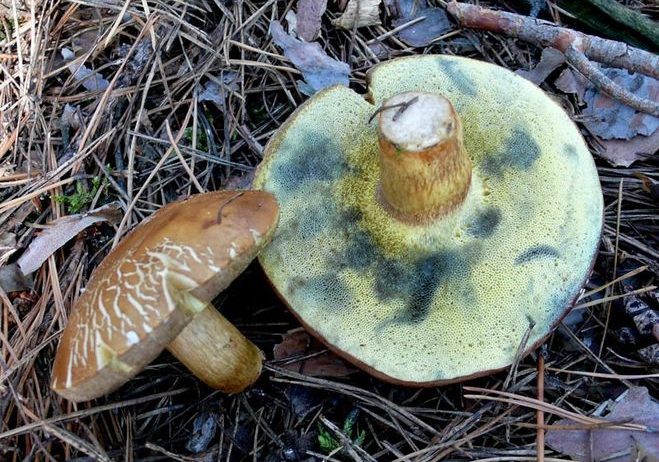 You may be interested in:
You may be interested in:The pale yellow leg has a cylindrical shape. The structure before the ring is more silky and bright, above the ring - scaly and pale. The pulp is dense with a pleasant mushroom smell. In the context of the color does not change.
Habitat
The species is common in Europe, Asia, Japan, the USA. In Belarus, hens can be found everywhere. They grow there throughout the territory and are popular.
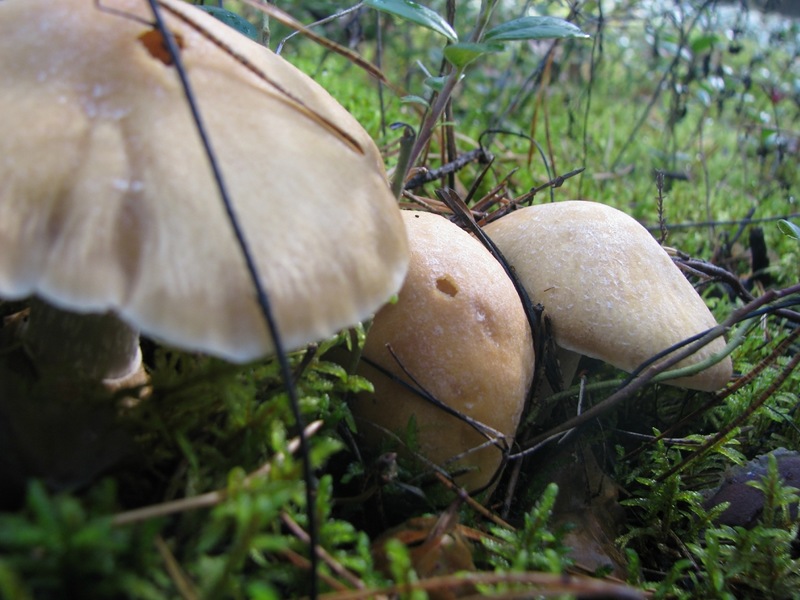
Favorite soil is moist and acidic, on which mixed and coniferous forests, as well as lingonberry and blueberry bushes, are well distributed. Chickens can be found both in the mountains and on the outskirts of the swamps, which is why they got another name - bogs.
Taste and collection rules
Edible tasty mushroom, the flesh of which resembles a boiled chicken breast, is used in fried, stewed, pickled and salted form. You should go hunting from July to October-November. If you pick up chickens on a mycelium, then, without leaving the place, you can pick up a bucket, because they grow in extensive plantations in a circle.
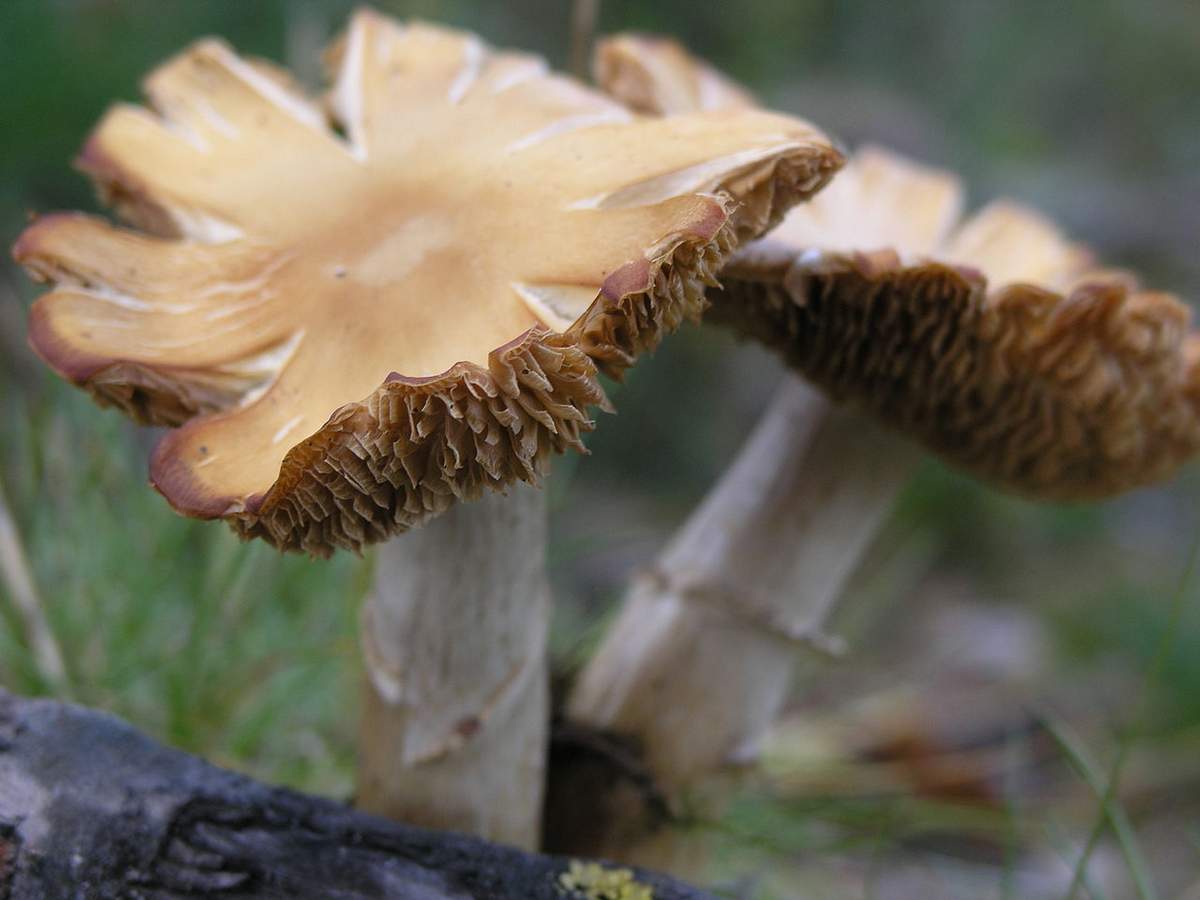
Since the bogbill can be confused with its poisonous twins, the first time you go for this species, you should take with you a person who understands them, or an image of an edible and dangerous look. It is also necessary to use the main rule of mushroom pickers: I'm not sure - do not take it.
Do not take old, wormy or rotten mushrooms.If such people have already fallen into your basket, then do not throw or trample them, just prick the fruit body on a branch, and then ripening, it will dispel spores and increase productivity.
How to distinguish from false, inedible
The ringed cap has two terrible doubles with which an inexperienced mushroom picker can confuse it - it is a fly agaric and a pale grebe. You can distinguish from fly agaric by the following signs:
- the scales on the fly agaric hat go all over the area, and at the cap only along the edge;
- the smell of the pulp of the inedible mushroom is unpleasant; in the edible mushroom;
- plates in the fly agaric are free, in the cap - adhered to the stem;
- the fly agaric has a vulva at the base, the chicken does not have it.
Comparing with a pale grebe, pay attention to such signs:
- edible mushrooms do not have a bag-like formation at the base of the leg;
- the toadstool has grown plates, the cap does not.
Pale toadstool often grows among caps, therefore, having found a rich clearing, it is necessary to examine each fruiting body that is put in the basket.
Eating Rules
By the structure of the pulp, the hens resemble chicken breast fibers. Despite the fact that the mushroom belongs to the fourth category in taste, connoisseurs of caps mark them as a gourmet dish.
Useful properties and restrictions for use
Caps, like many edible mushrooms, have medicinal properties in moderate doses, but also a number of contraindications. Useful properties include:
- lower cholesterol and sugar levels;
- arrhythmia prevention;
- prevention of infectious diseases and oncology;
- normalization of blood pressure;
- mushroom pickle is a folk recipe for a hangover.
Among the contraindications are the following:
- chronic pancreatitis;
- dysbiosis;
- age up to 6 years (do not use at all), from 6 to 14 very carefully because of the immature enzymatic system;
- mono-diets using mushrooms;
- allergic reactions, both to fungi, and during the period of activity of any other allergy;
- chronic diseases (reduce to use 1 time in two weeks).
Treatment
Since the hens are edible mushrooms, boiling them is not necessary, if you plan a different cooking method. It is good enough to clean from forest debris, cut off the remains of mycelium, cut out wormy places, rinse thoroughly under running water and dry a little. The legs of old boggles are not used, as they harden, and the spore apparatus on the inside is cut off in the hat, since the spores are not digested.
 You may be interested in:
You may be interested in:Cooking Features
As already mentioned, it is not necessary to boil the caps, but if the gathering place was close to the city or contaminated places, you should boil the mushroom to remove all the accumulated dirt from it, which it picks up like a sponge.
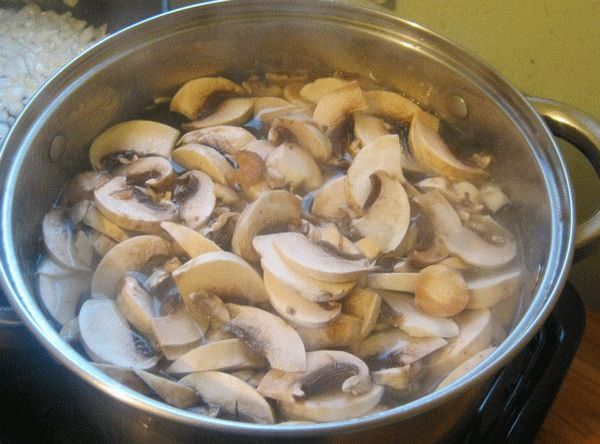
For this, it is important not how much time to cook, but how often to change the water. Optimal - it is boiled three times for five minutes after boiling, then draining the water. If boiling is part of the recipe, then they will be ready in 10-15 minutes after boiling.
Pickling and pickling
You can salt the bogs in a hot and cold way. Perfectly salted in an oak barrel. To prepare a barrel for cold salting, you need to wash it well and steam juniper branches in it, which will disinfect the barrel for further manipulations.
The peeled and washed mushrooms are laid in layers in a barrel. For one serving, you need 5 kg of product. Each layer is well salted. This amount will take 350 g of salt. The contents of the barrel is poured with cold water and covered with a wooden lid of a smaller diameter for oppression. It is oppressive to take one that can be calcined and steamed with juniper. Within 7 days, the foam that forms in the barrel is removed.
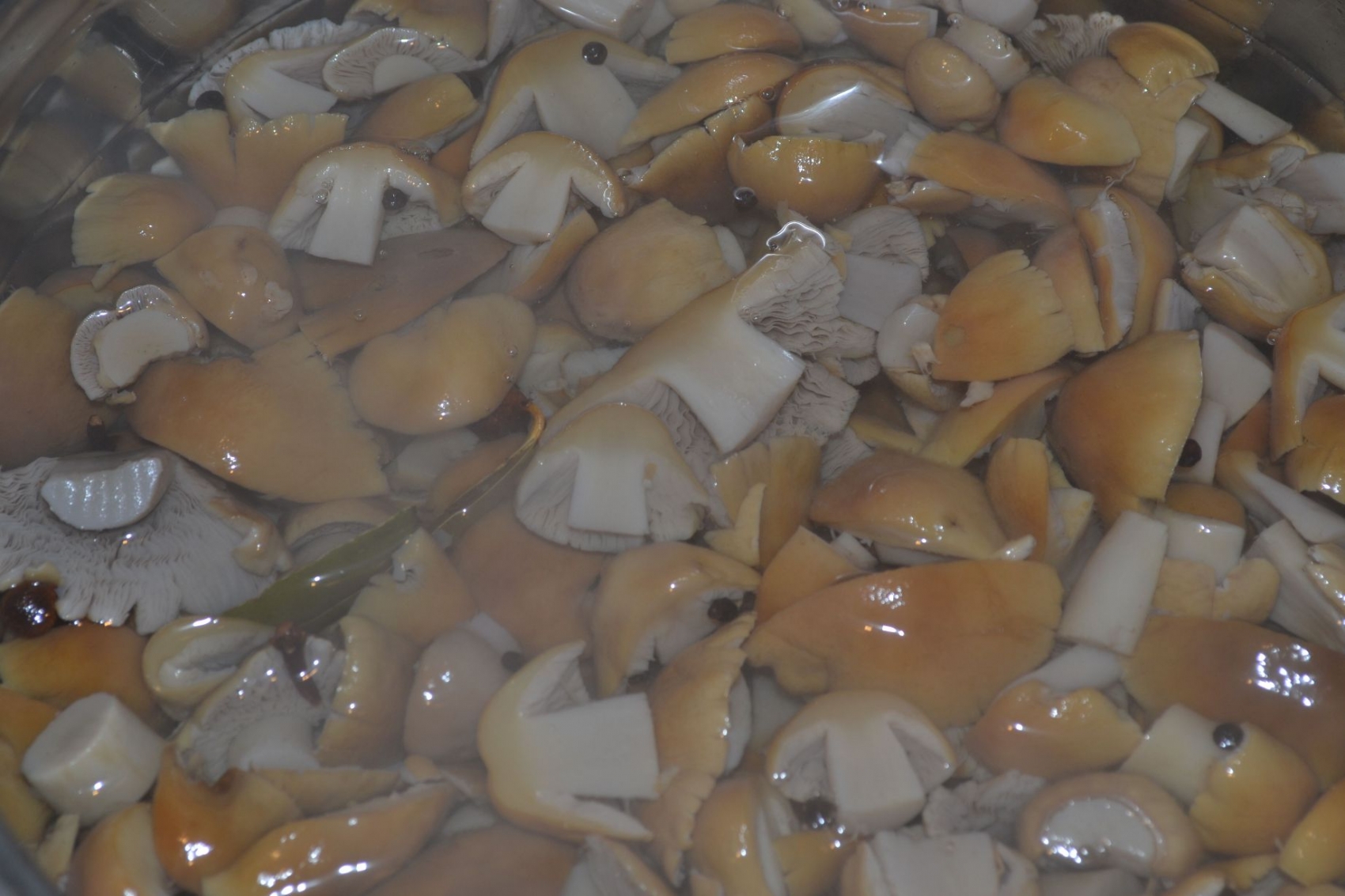
At the end of the week, the water is drained, the barrel is rinsed with clean water and dill with seed umbrellas is laid on the bottom. Preparing a mixture for re-salting. For 5 kg of the main ingredient, 150 g of salt, 10 g of cloves and 15 g of allspice are taken. Everything is mixed and salted on each layer. Again it is poured with clean cold water and sent under oppression for 1.5 months to a dark, cool room.
A faster time option for hot salting. For it, you will first need to boil the peeled mushrooms for 5 minutes 2 times, changing the water. For brine we take 2 liters of water, add 75 g of salt, 3 peas of allspice, 2 pcs. cloves, 5 peas of black pepper. Let the brine boil for a couple of minutes and pour the mushrooms squeezed from the water there, boil for 5 minutes.
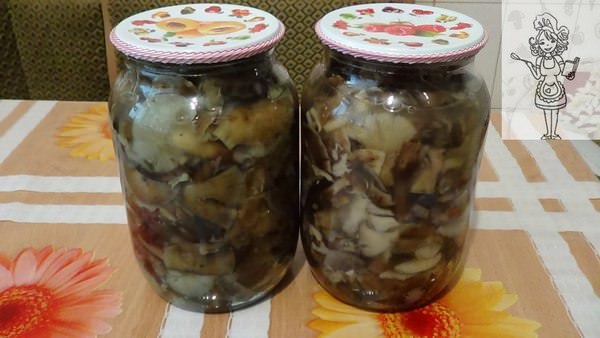
Prepare liter jars by sterilizing them first. In each jar, lay out on a bay leaf, 3-4 cloves of garlic, 2-3 rings of onion. Pour boiling brine with mushrooms into cans and roll up iron lids. After cooling, store in the refrigerator or cellar.
To pickle the caps, you must also boil them once and drain the water. Further pickling methods are very variable and vary depending on the recipe. But the classic marinade recipe is similar for all mushrooms. Rosites is poured with cold water and brought to a boil. Cloves, black pepper, allspice, bay leaf are added to the water to taste. In the marinade, mushrooms are boiled for about an hour, then closed in sterilized jars.
 You may be interested in:
You may be interested in:Answers to widespread questions
The cap is famous for its amazing taste and useful properties. You can cook a lot of different dishes from it, especially it is good in pickling and pickling. But due to the strong resemblance to poisonous counterparts, you should be very careful about harvesting, inspecting each fruiting body. Taking caution and paying attention to the study of similarities and differences, you can enjoy the amazing gifts of the forest, which in Europe are considered a delicacy.

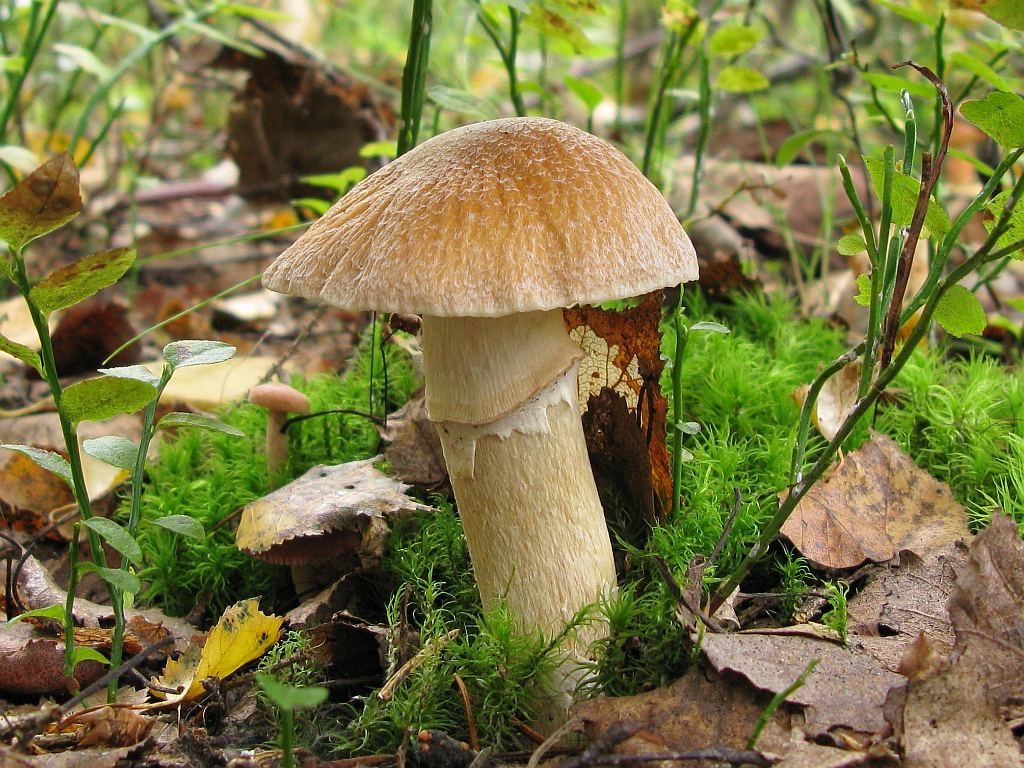
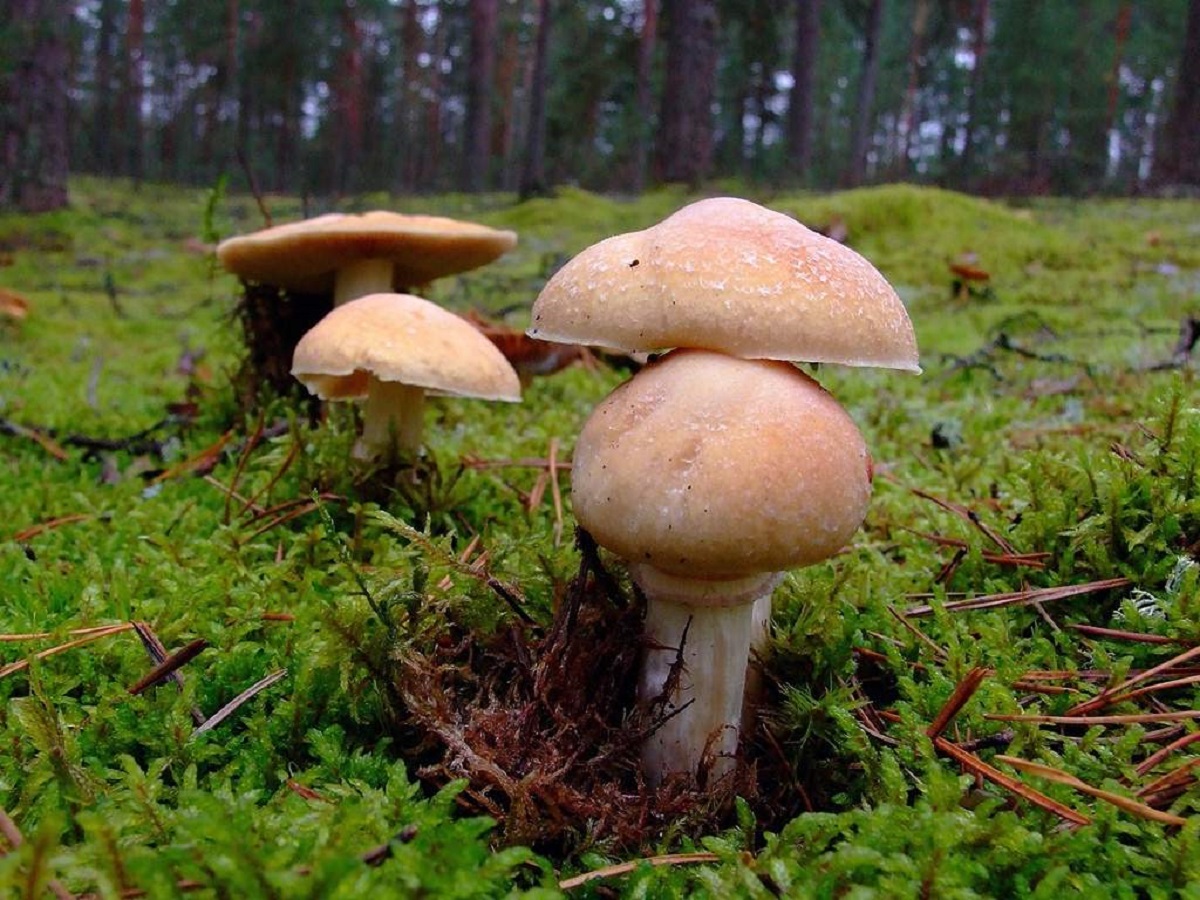
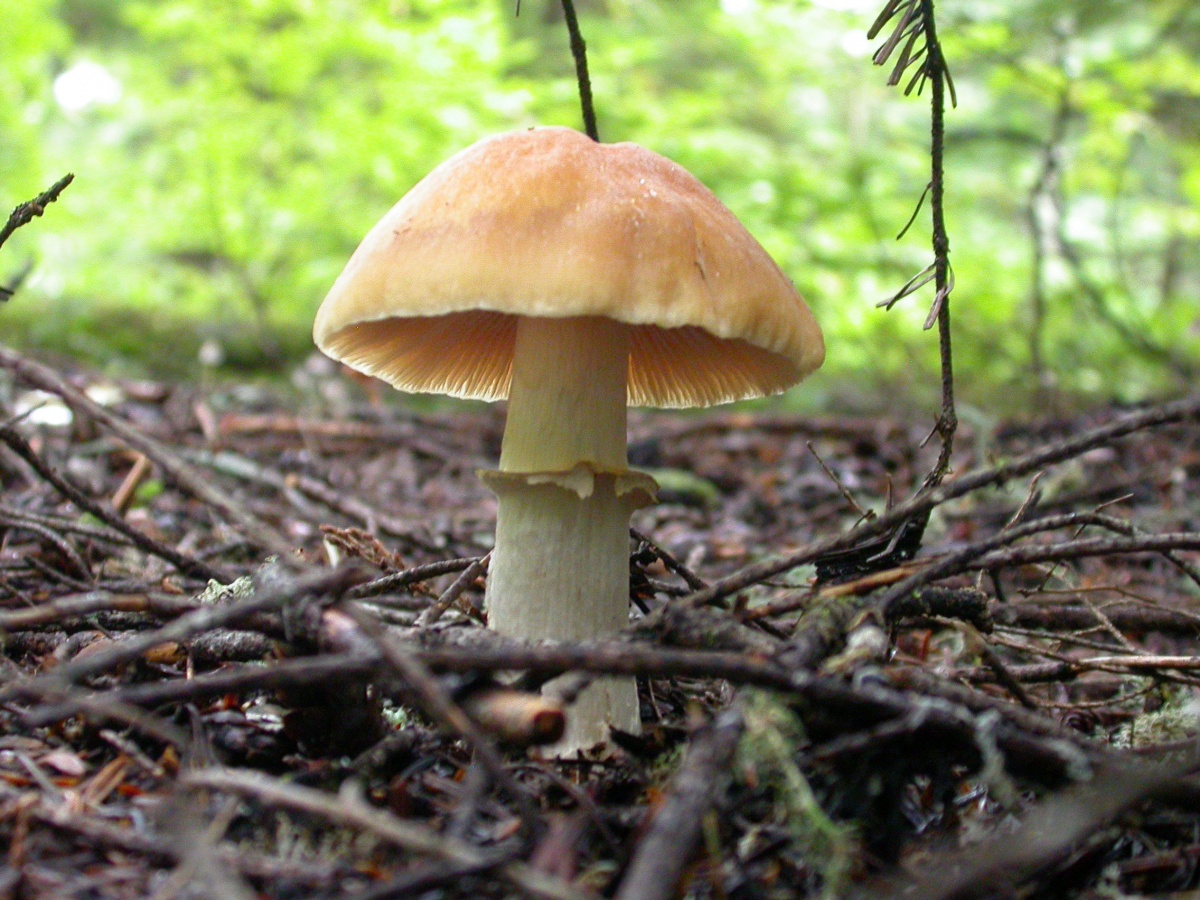
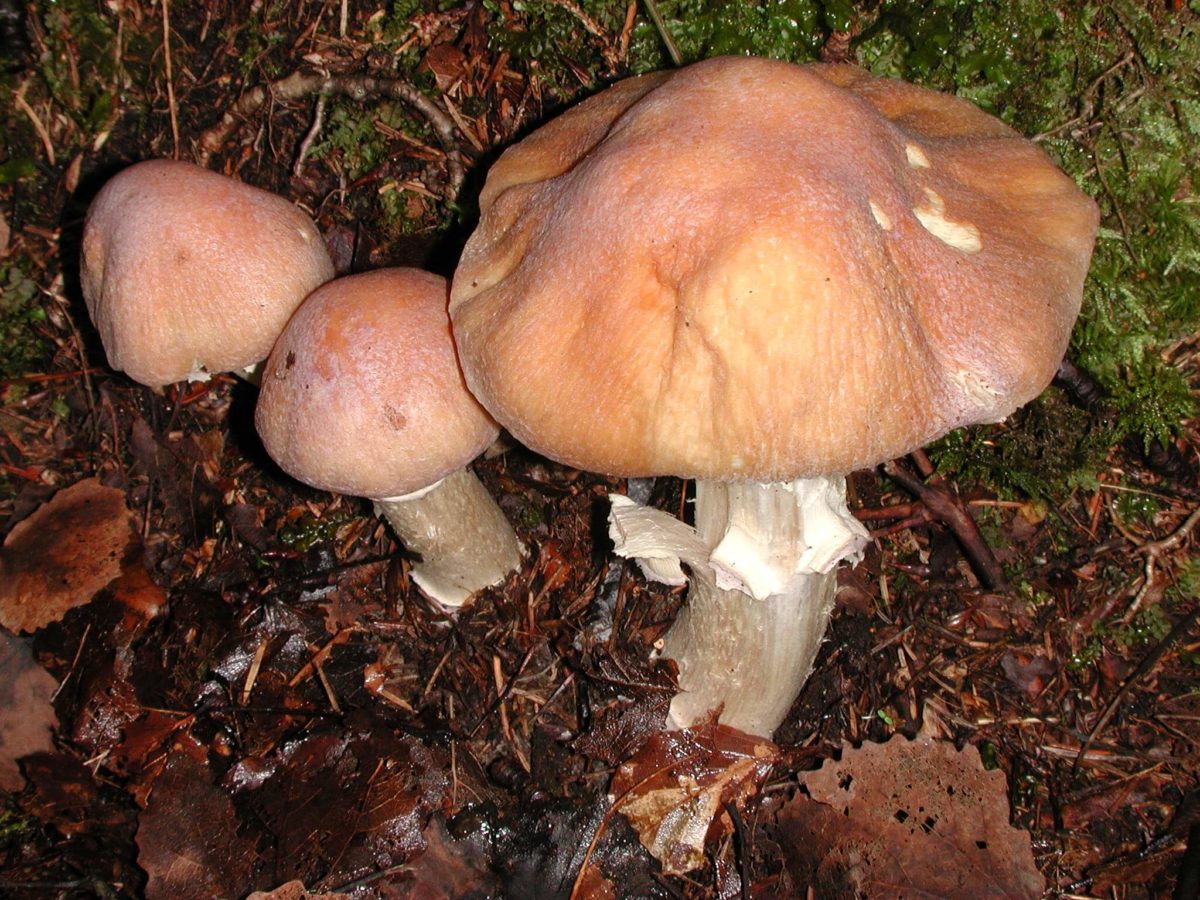
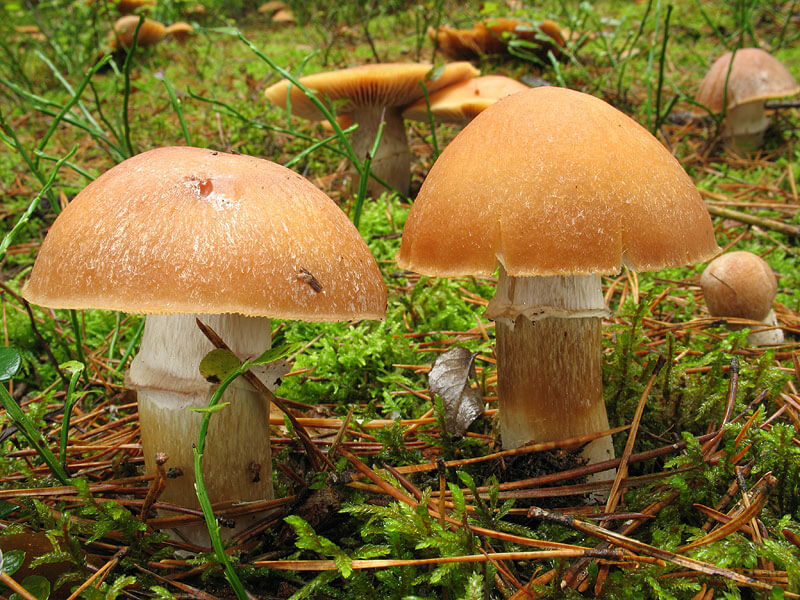

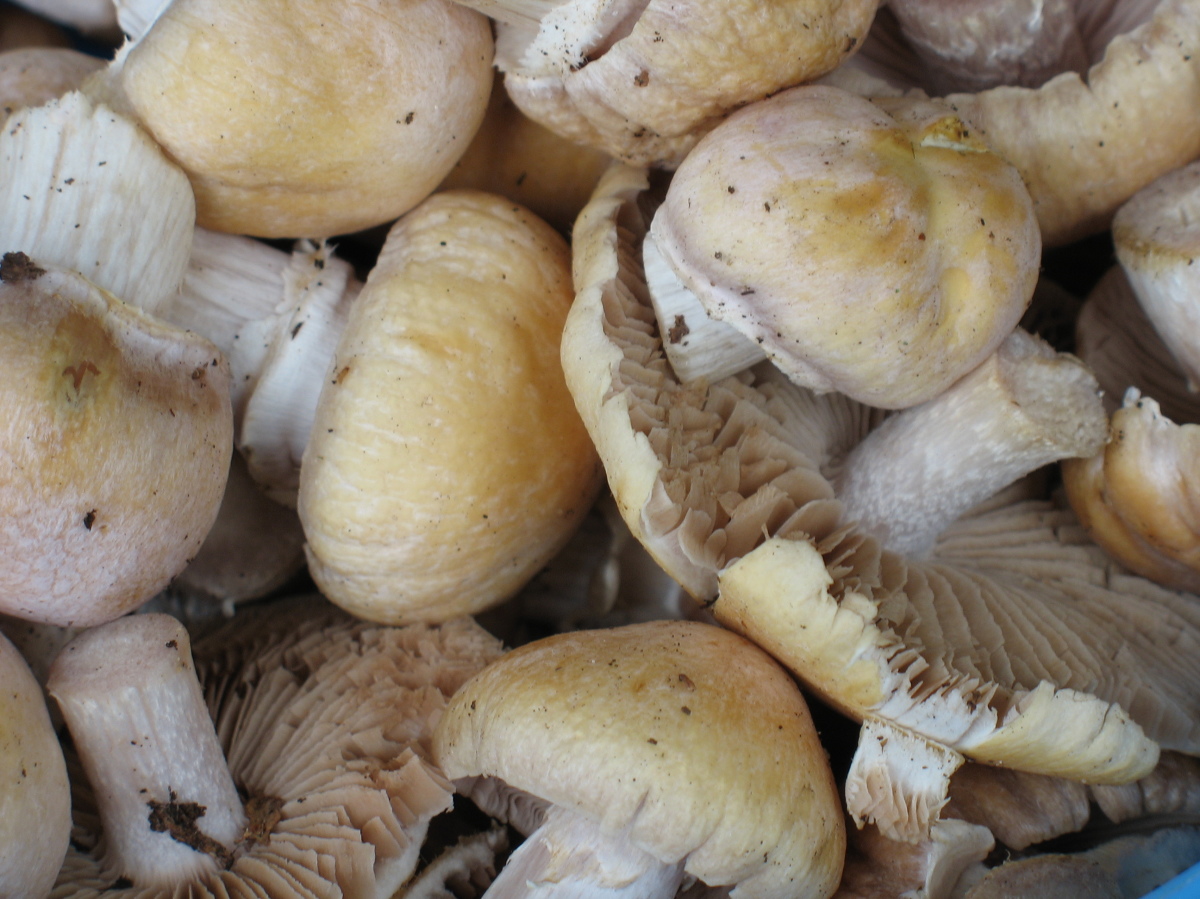
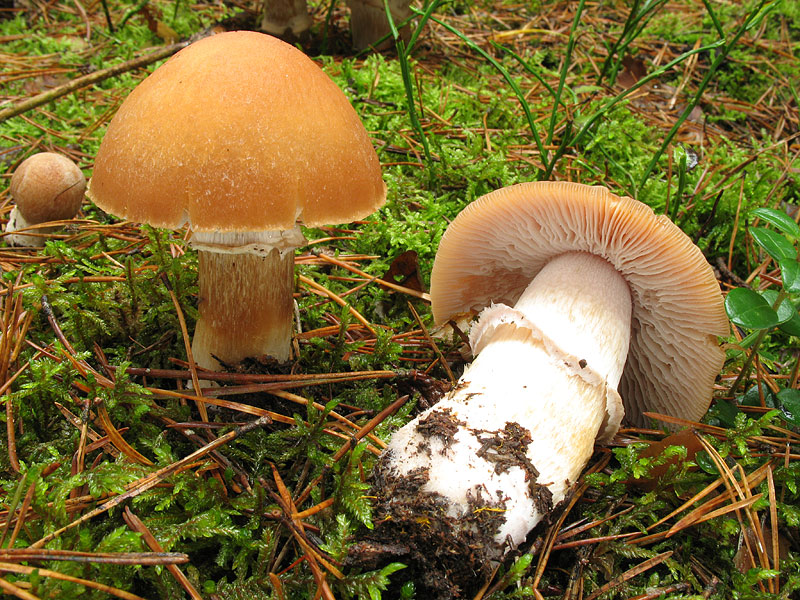
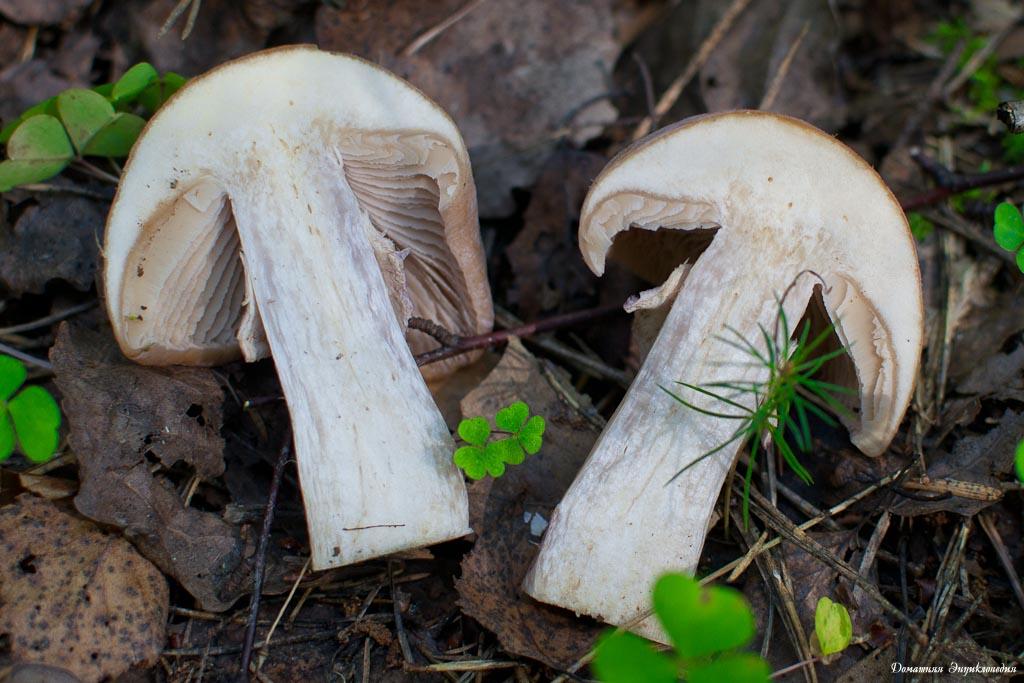
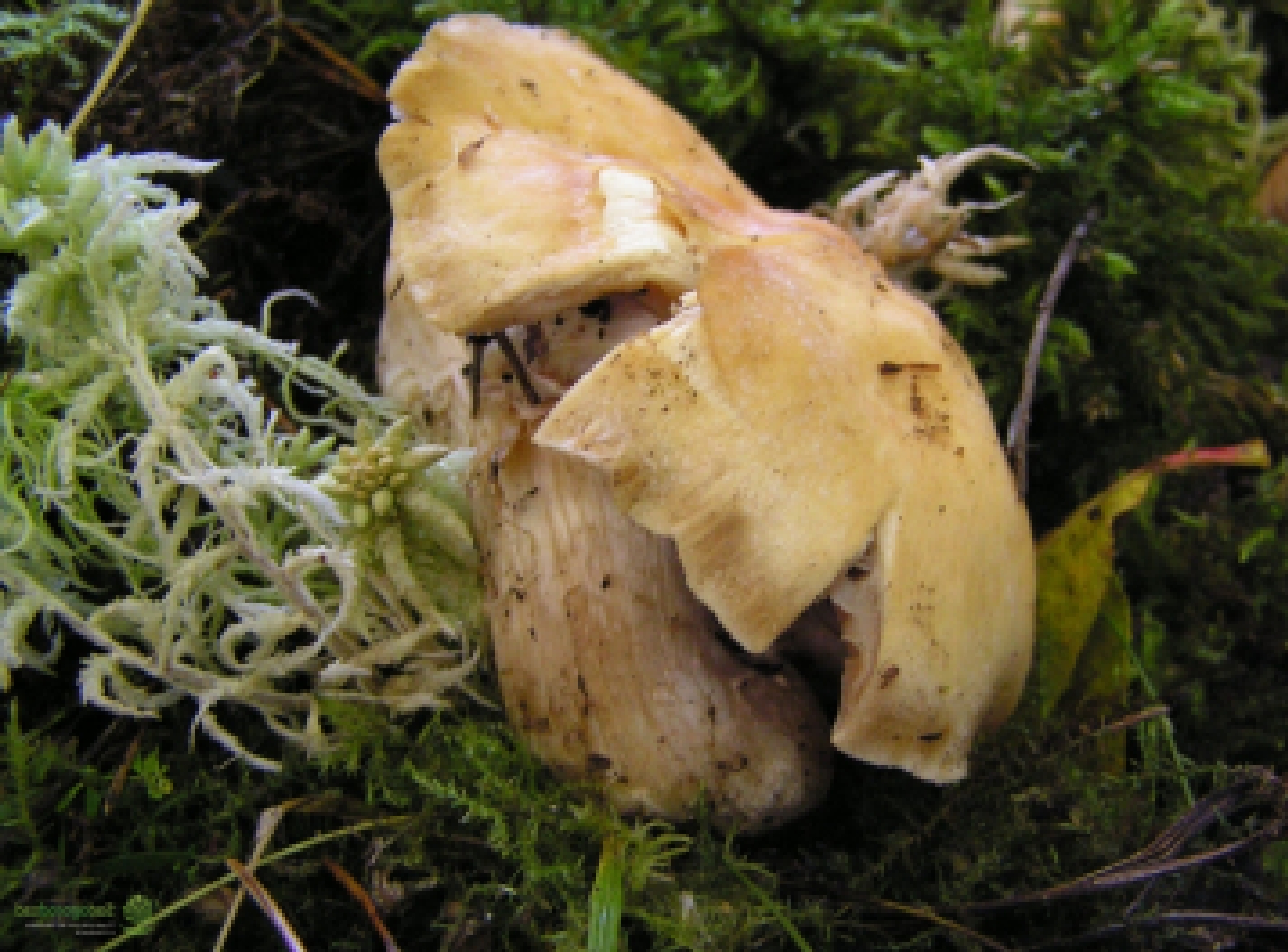
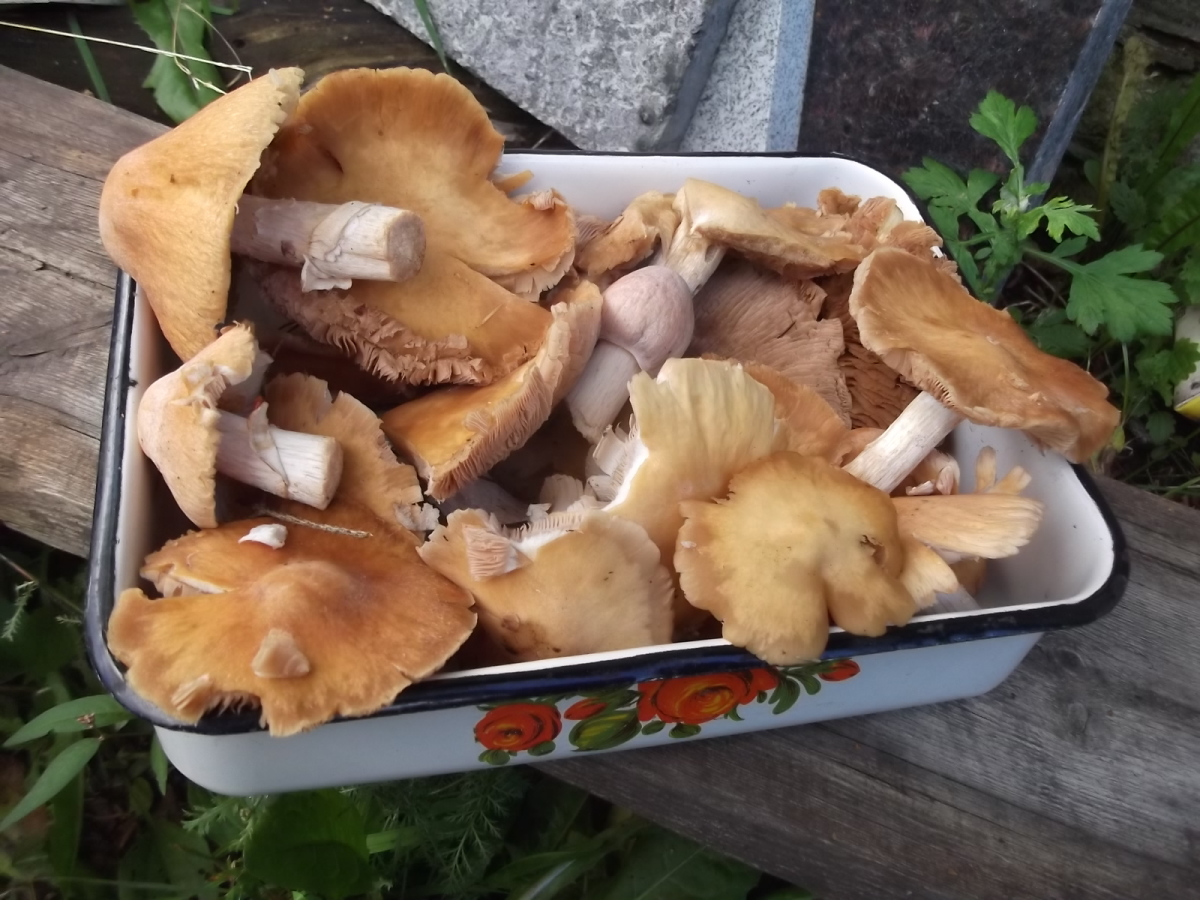
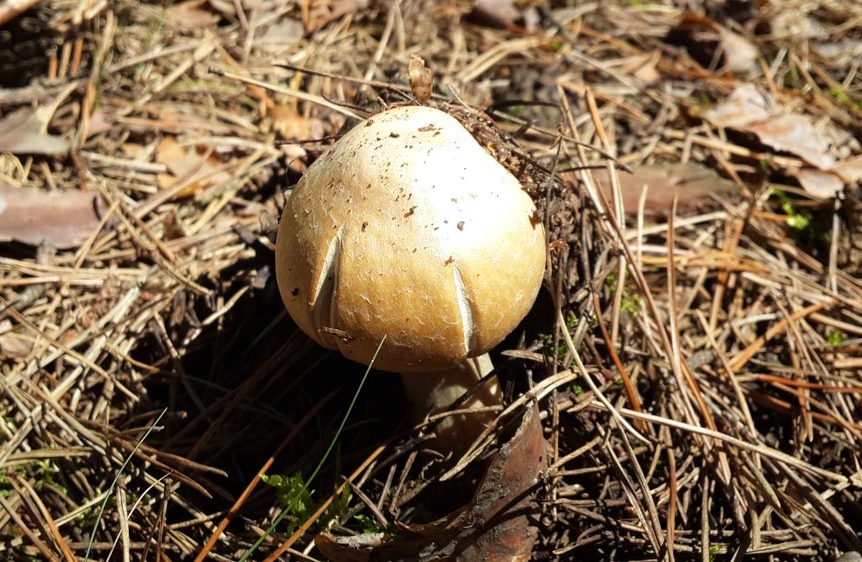
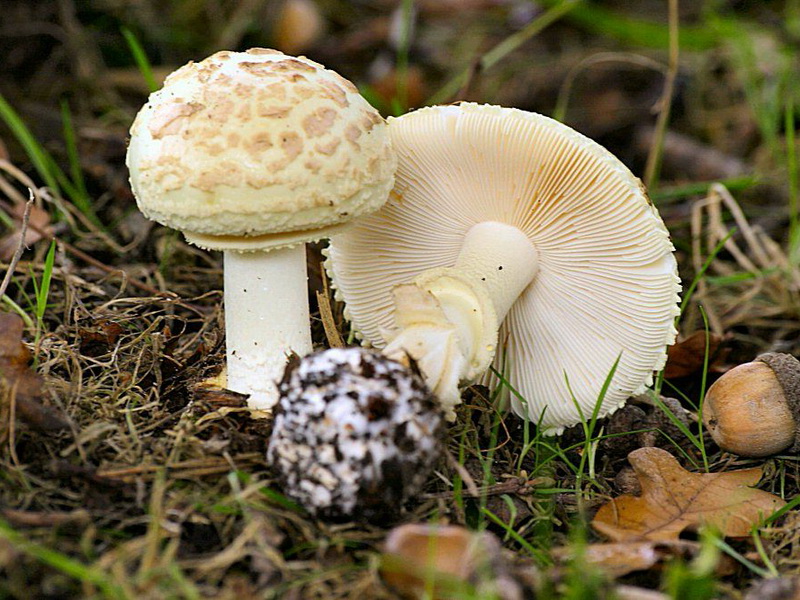
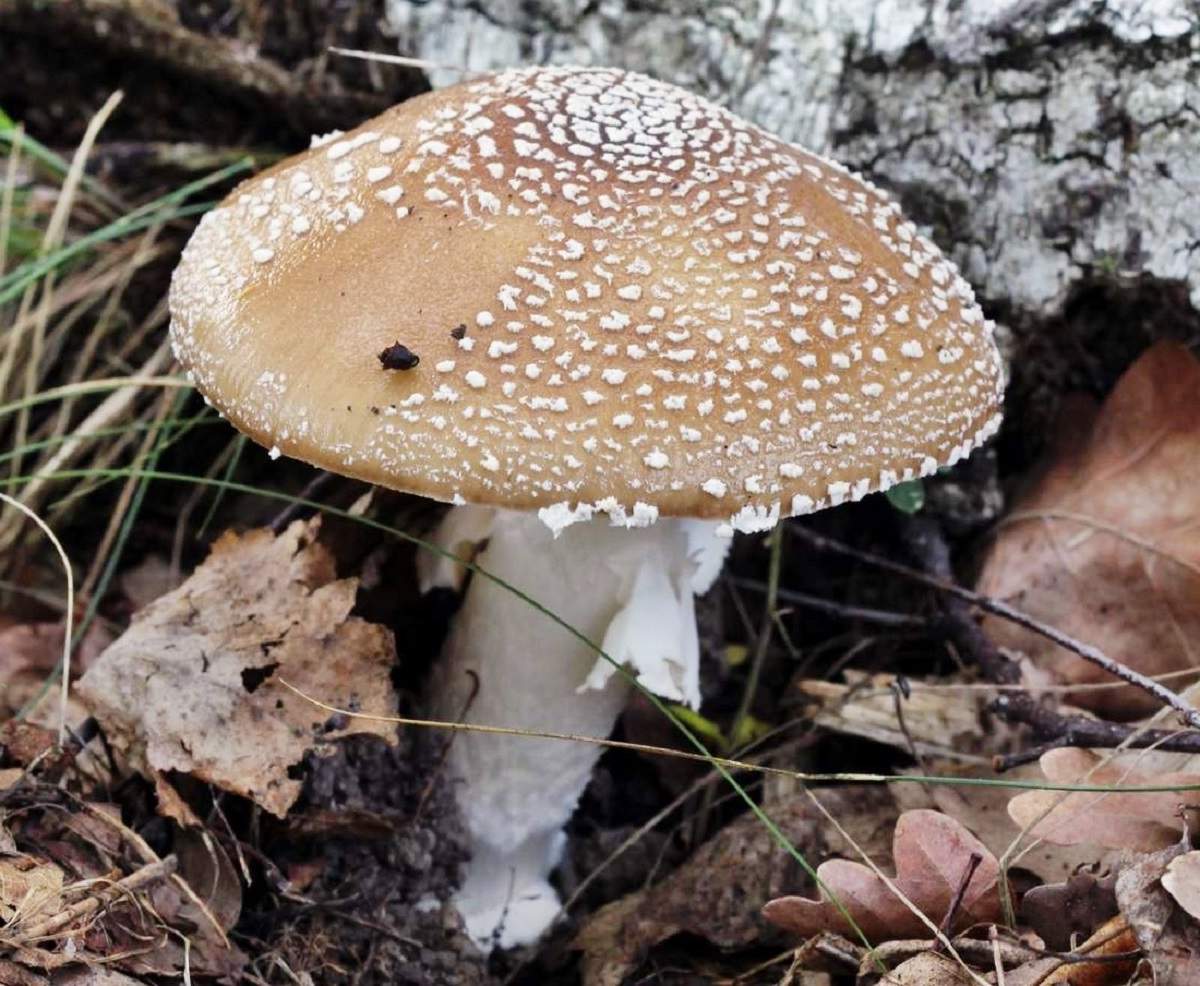
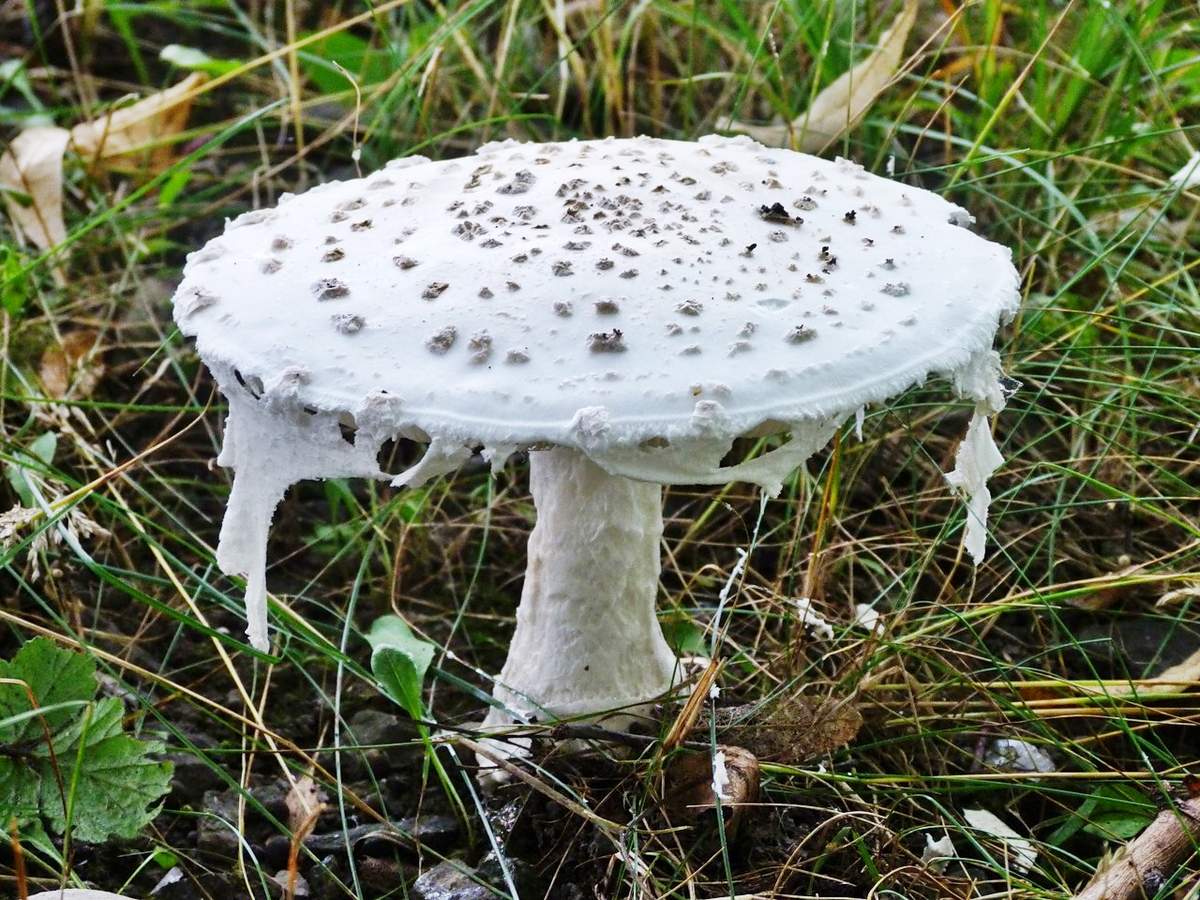
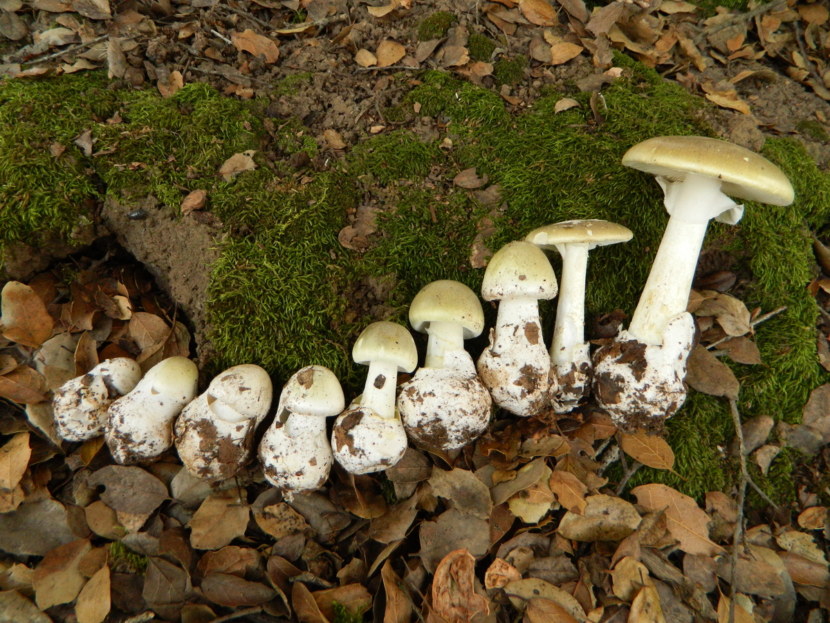
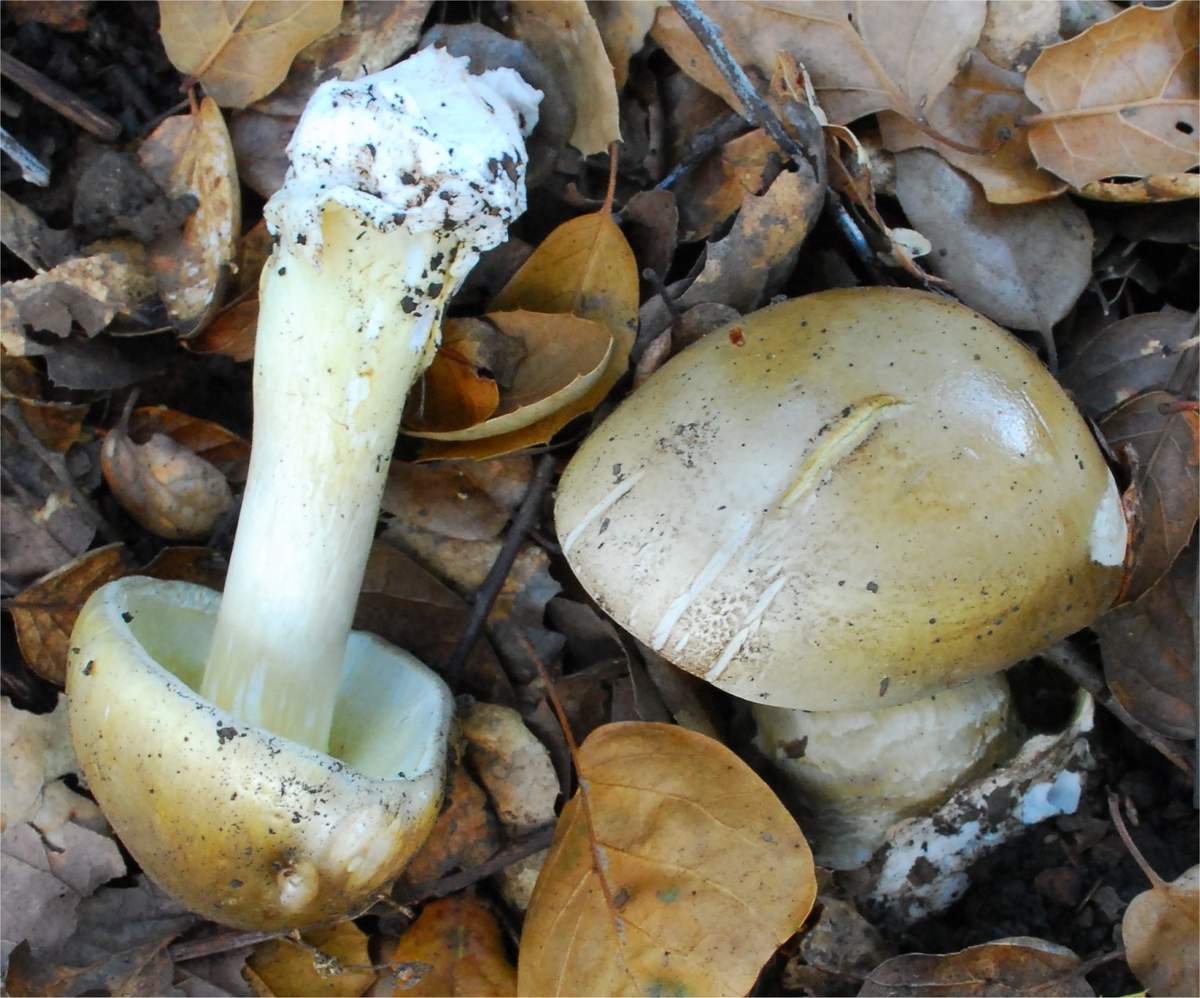
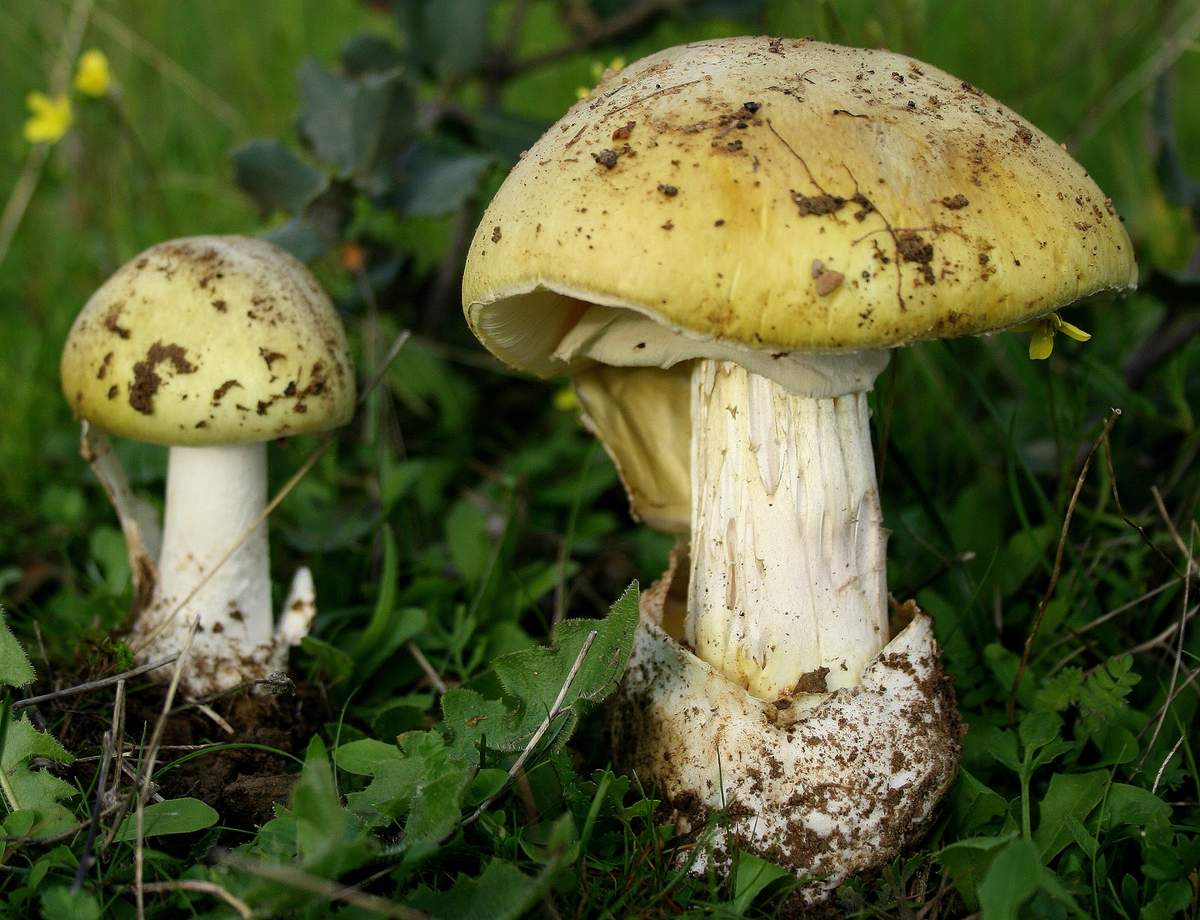



 Care and use of Kombucha at home (+22 photo)
Care and use of Kombucha at home (+22 photo) Edibility of the fungus of the motley umbrella and its description (+19 photo)
Edibility of the fungus of the motley umbrella and its description (+19 photo) Description of edible and inedible oils, their poisonous counterparts (+40 photos)
Description of edible and inedible oils, their poisonous counterparts (+40 photos) Useful properties of milk mushroom and its contraindications (+17 photos)
Useful properties of milk mushroom and its contraindications (+17 photos)